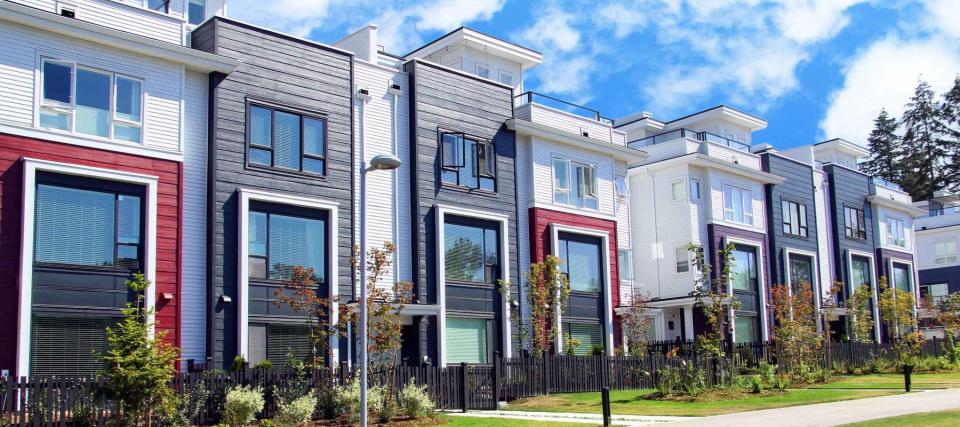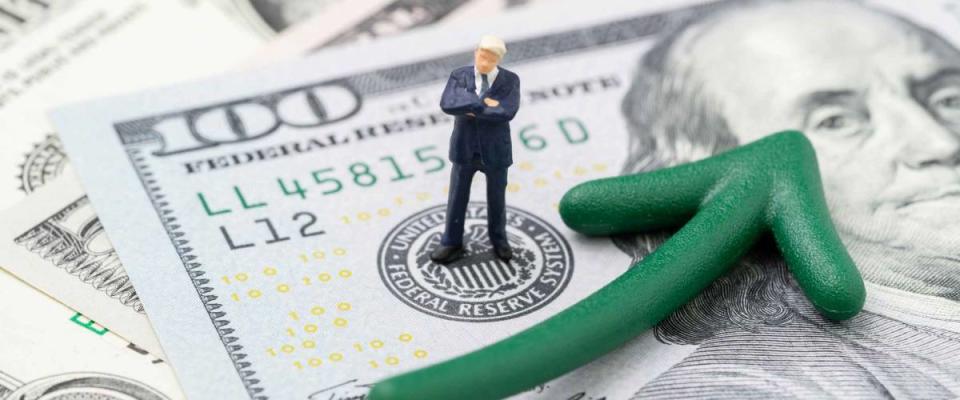Homeowners choose to pay more as demand for refinances dips

Despite mortgage rates remaining historically low, U.S. homeowners are once again stepping away from the refinance market.
Applications for both refinance and purchase mortgage applications fell last week, according to a weekly survey by a leading mortgage industry trade association.
A dip in purchase applications — that makes sense. With home prices rising and housing stock evaporating, the U.S. real estate market is about as unforgiving as it’s ever been.
Holding off on a refi, though? That’s harder to fathom, especially if you’re planning on staying in your home for the foreseeable future.
Sure, mortgage rates are a little higher than they were in January, but they are still very attractive. And with the economy showing continual improvement, it’s hard to imagine them getting much lower.
Refi activity slows as holdouts dig in

Overall mortgage activity experienced a weekly decline of 1.9%, according to the Mortgage Bankers Association’s survey for the week ending Sept. 3.
Accounting for most of the dip was a decrease in refinance applications, which were down 3% week over week and 4% lower than a year ago.
Mike Fratantoni, MBA's senior vice president and chief economist, attributed the shrinking demand to mortgage rates sitting above what has proven to be an important threshold for homeowners.
"Mortgage application volume fell last week to its lowest level since mid-July, as mortgage rates have stayed just above 3% for several weeks,” Fratantoni said in a statement.
But finding a rate below 3% will still be possible for many homeowners considering a refi. Mortgage giant Freddie Mac’s most recent mortgage rate survey determined the average rate on a 30-year fixed mortgage to be only 2.87%. Some lenders are offering rates far lower than that.
Higher rates are coming — possibly this year

Homeowners expecting the country’s worsening COVID situation to hammer mortgage rates back into record-low territory may be fooling themselves. If anything, they should be preparing for rates to start rising before the end of the year.
From June through August, COVID infection rates ramped up to levels not seen since late January, when mortgage rates hit all-time lows. But mortgage rates have not taken the same nosedive they did at the beginning of the year.
After more than a year adapting to the pandemic, the U.S. economy just isn’t being throttled the way it was before. Businesses are not facing another round of extended lockdowns, nor are Americans shying away from being out in public and spending money. In the past three months, over two million jobs have been created.
Once positive economic news becomes the norm, the Federal Reserve is expected to scale back the emergency measures it’s been using to stabilize the economy.
It isn’t likely to increase the federal funds rate, which impacts variable-rate mortgages, until next year. But the Fed will probably begin tapering its monthly purchase of mortgage-backed securities (MBS), which has led to low fixed mortgage rates during the pandemic.
“We expect that further improvements will lead to a tapering of Fed MBS purchases by the end of the year, which should put some upward pressure on mortgage rates,” Fratantoni said.
Snag a great rate before it’s too late

Despite the ultra-low mortgage rates seen during the pandemic, 78% of eligible homeowners did not refinance their mortgages in the year ending April 2021, a recent Zillow survey found. Almost half of those who did saved $300 or more a month.
That’s way too much money to leave on the table.
If it’s time to consider a refi, just remember that lenders may not automatically offer you the lowest rate available. That usually requires a little bit of effort on your part.
You'll want to be seen as a low risk borrower, which can be tough if you’ve got a pile of nagging, high-interest debt. Taking out a debt consolidation loan can help you reduce the overall amount of interest you're paying and wipe out your debt sooner.
Once you're ready to refinance your mortgage, check rates from at least five lenders. It should only take a few minutes and is an essential step in finding the loan that best fits your budget.
If a refi isn't a possibility, there other ways of cutting the cost of homeownership. When the time comes to buy or renew homeowners insurance, for example, make sure you do a little comparison shopping. It’s quick, easy and could save you hundreds of dollars a year.
This article provides information only and should not be construed as advice. It is provided without warranty of any kind.
